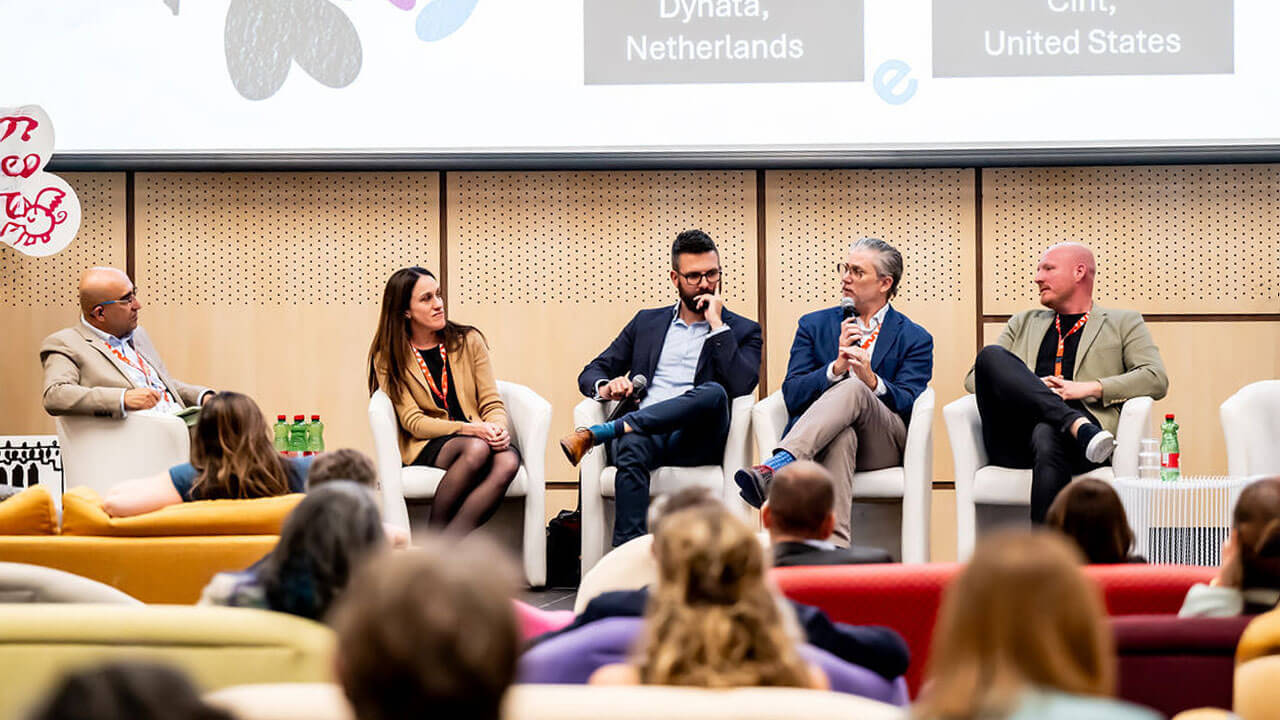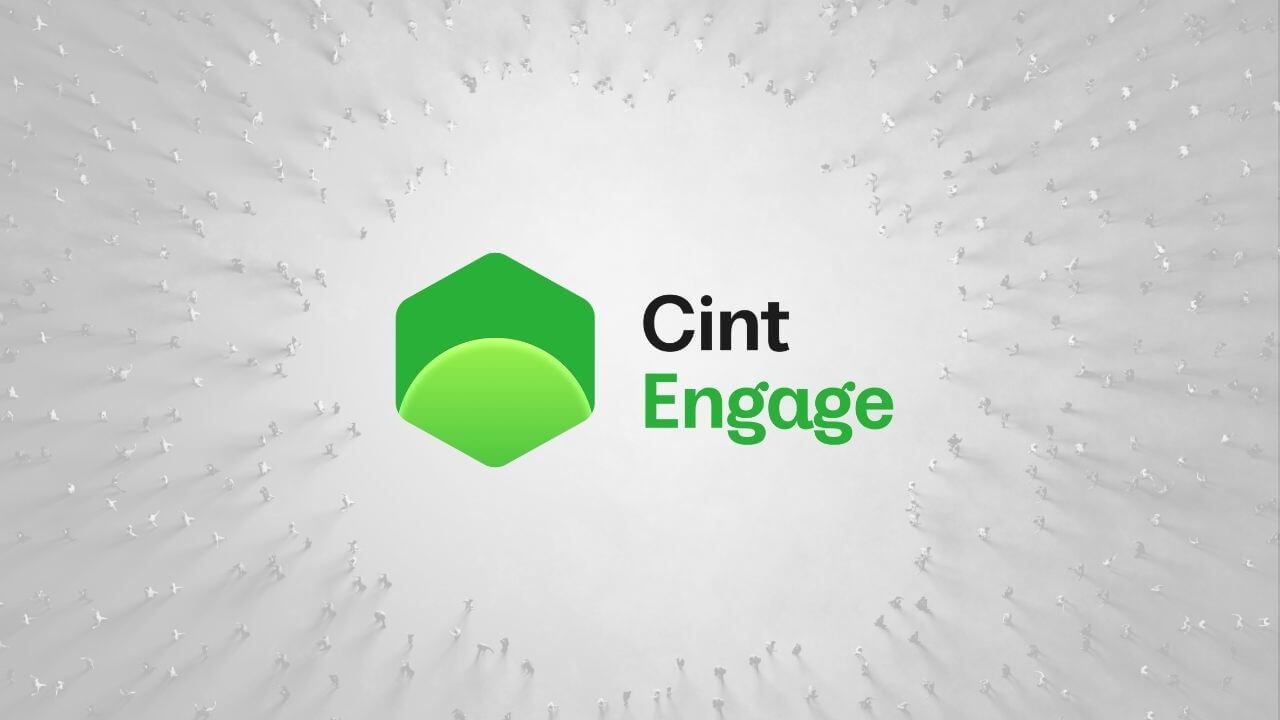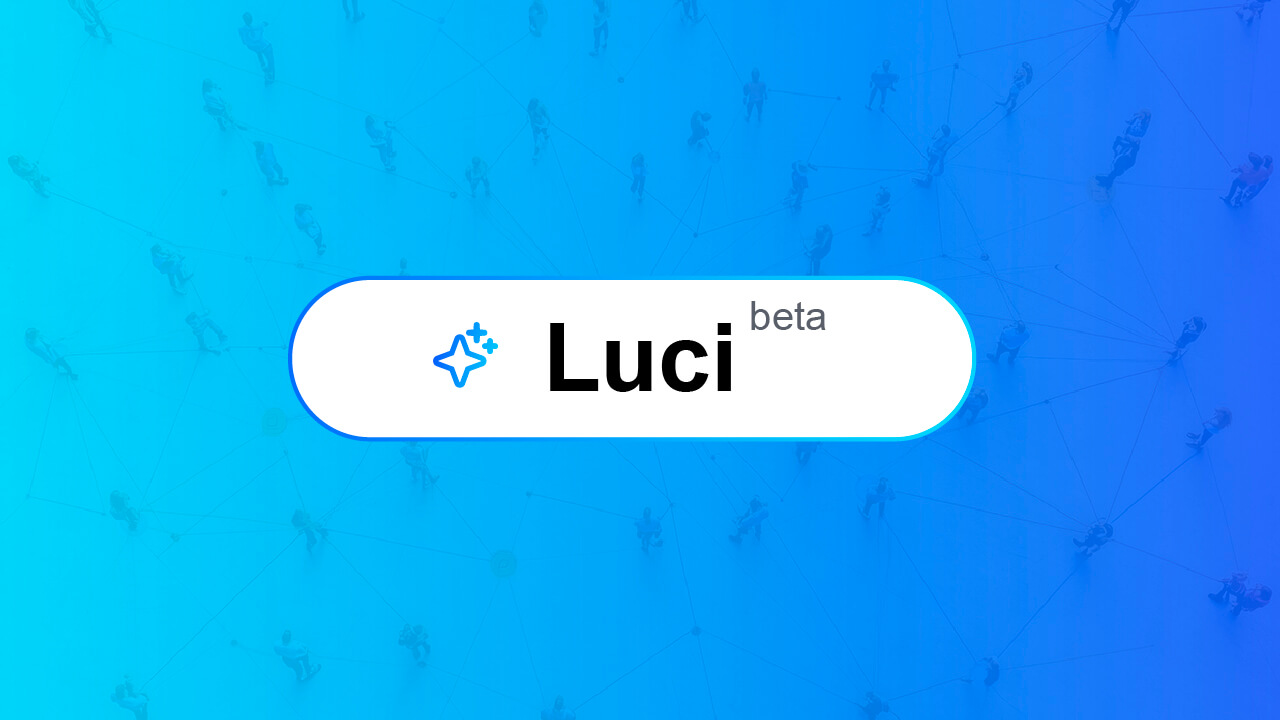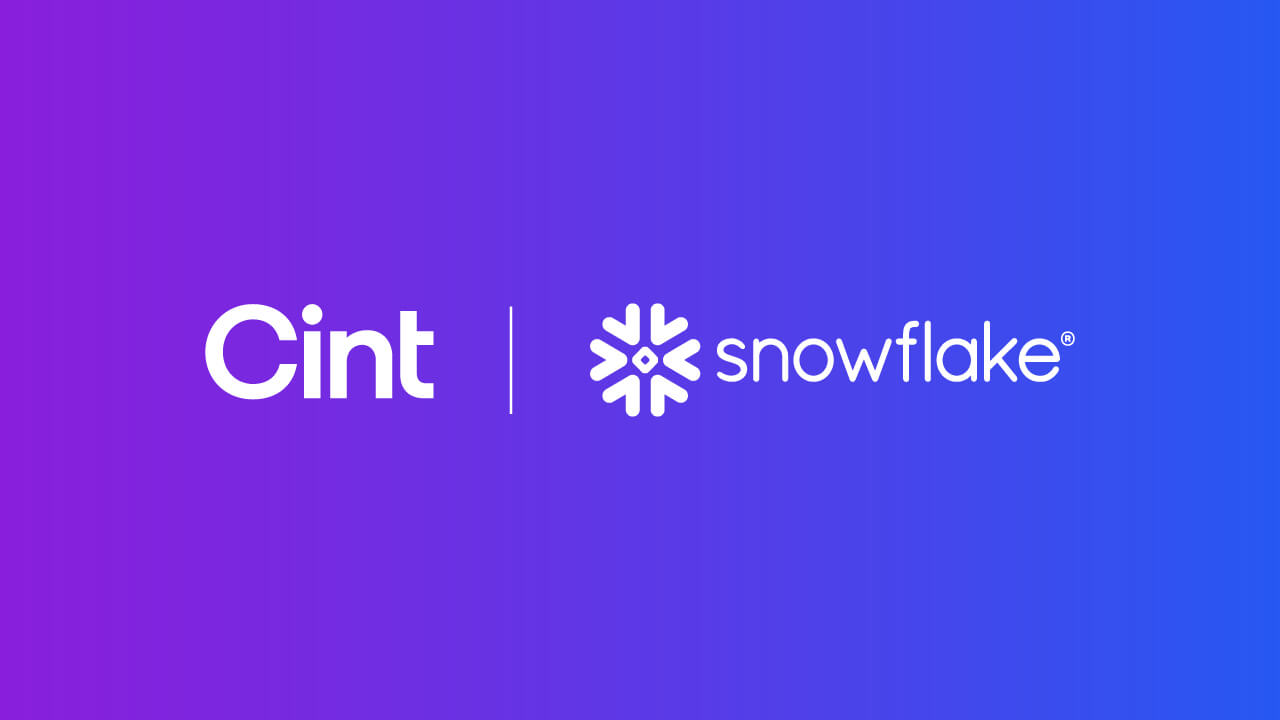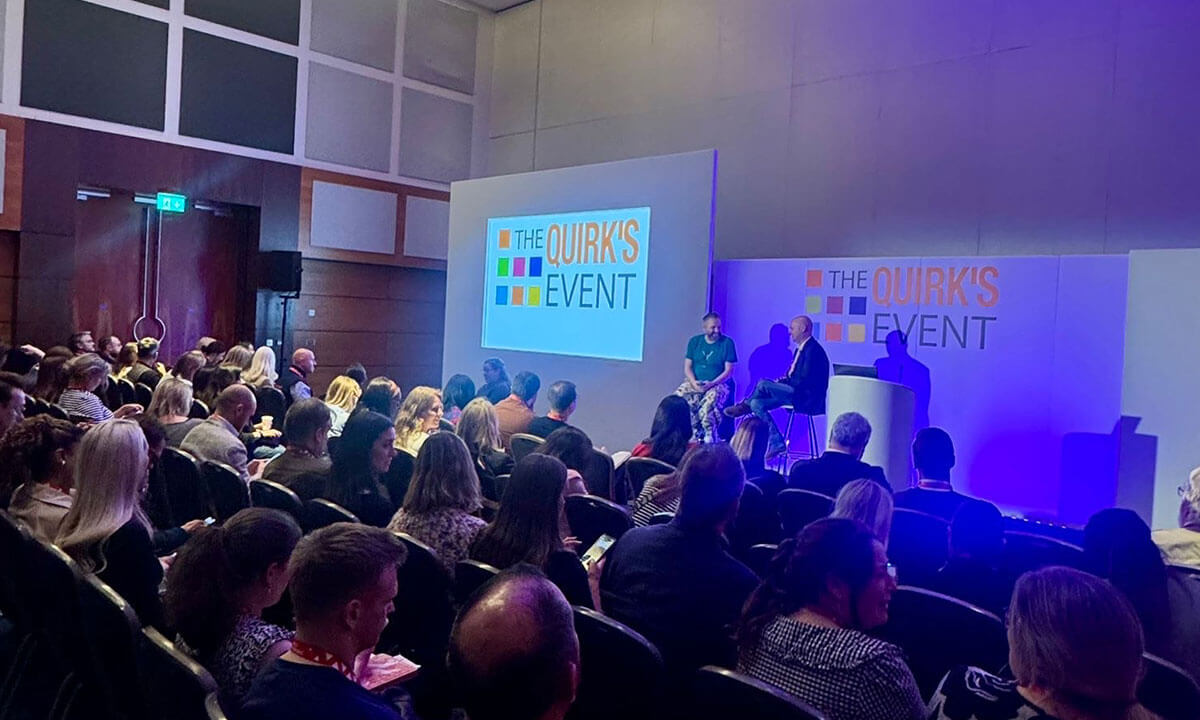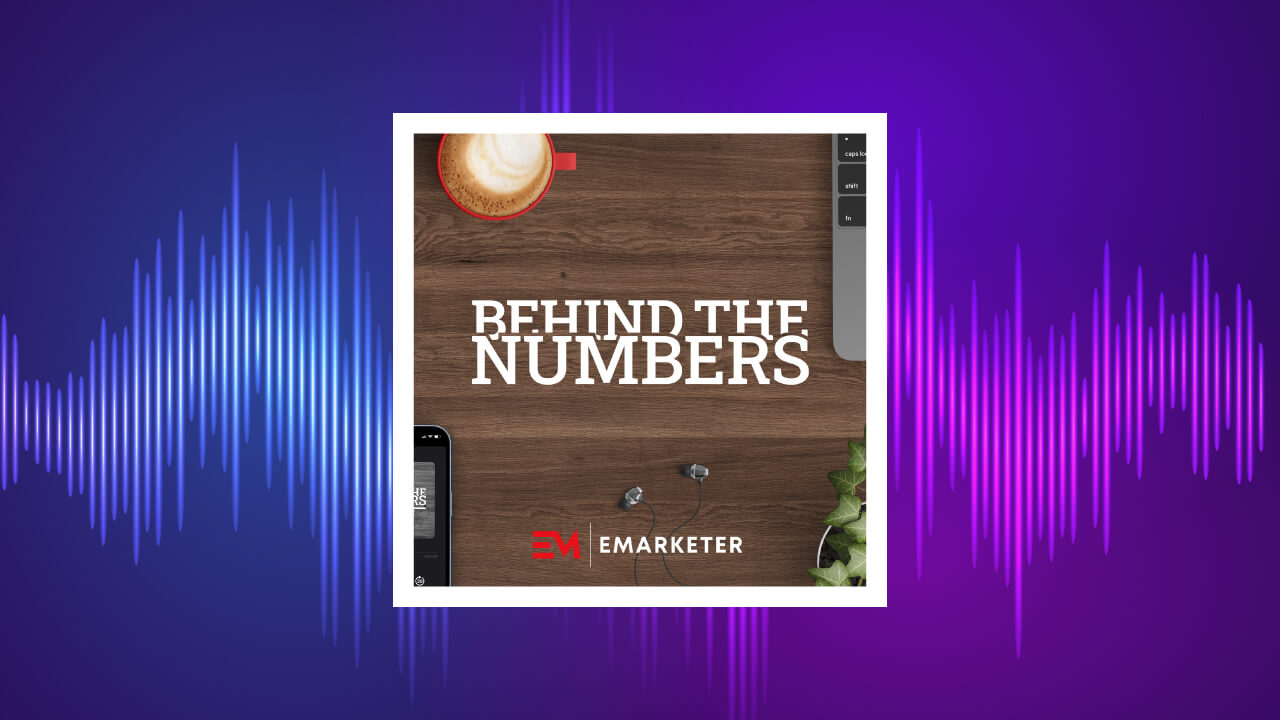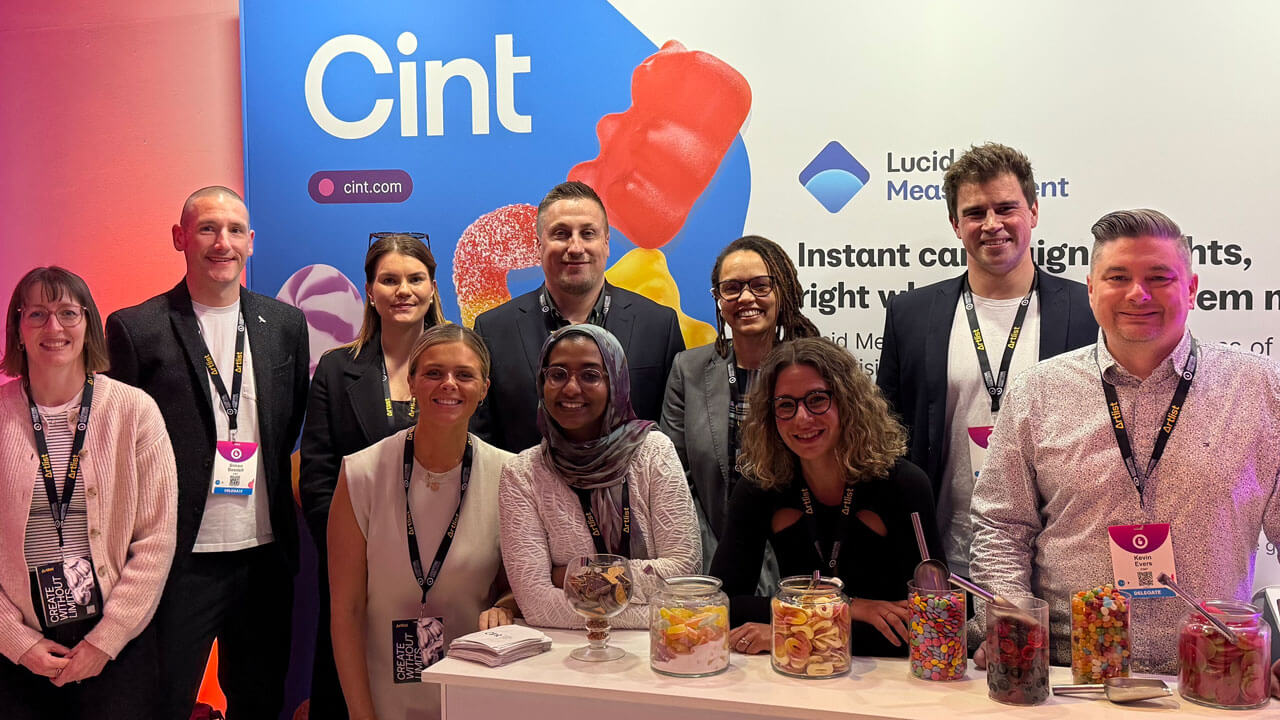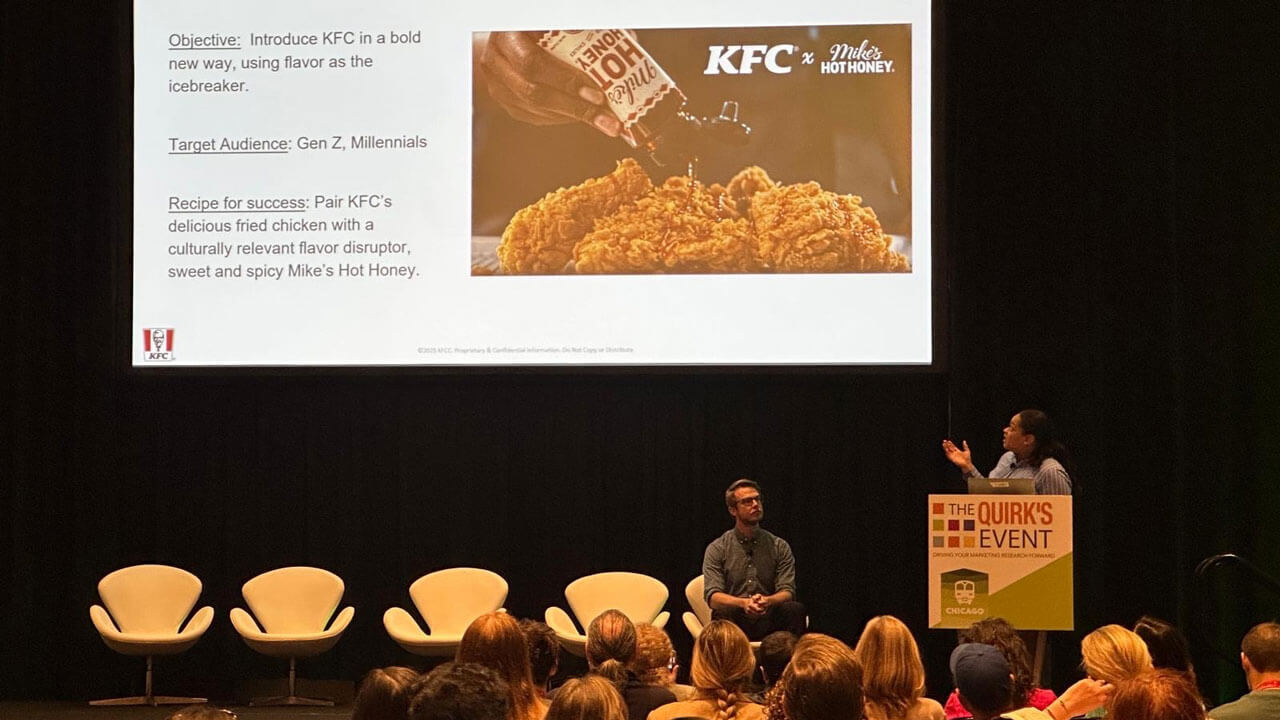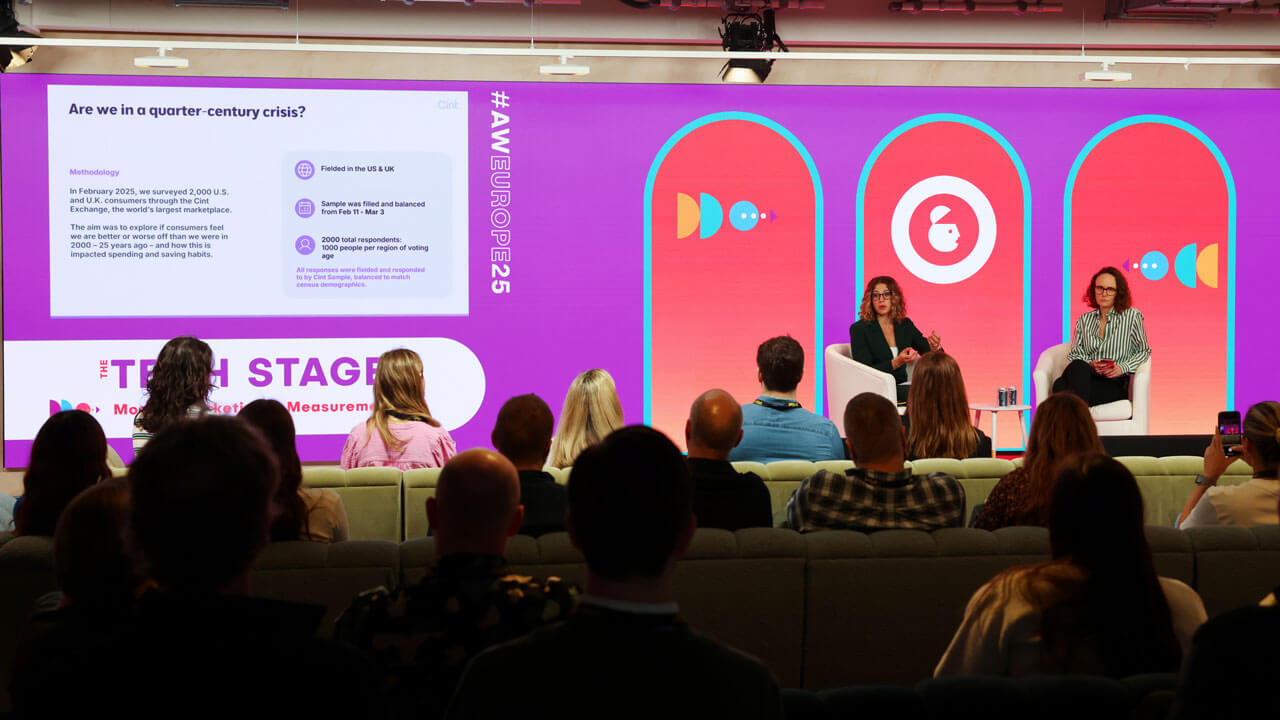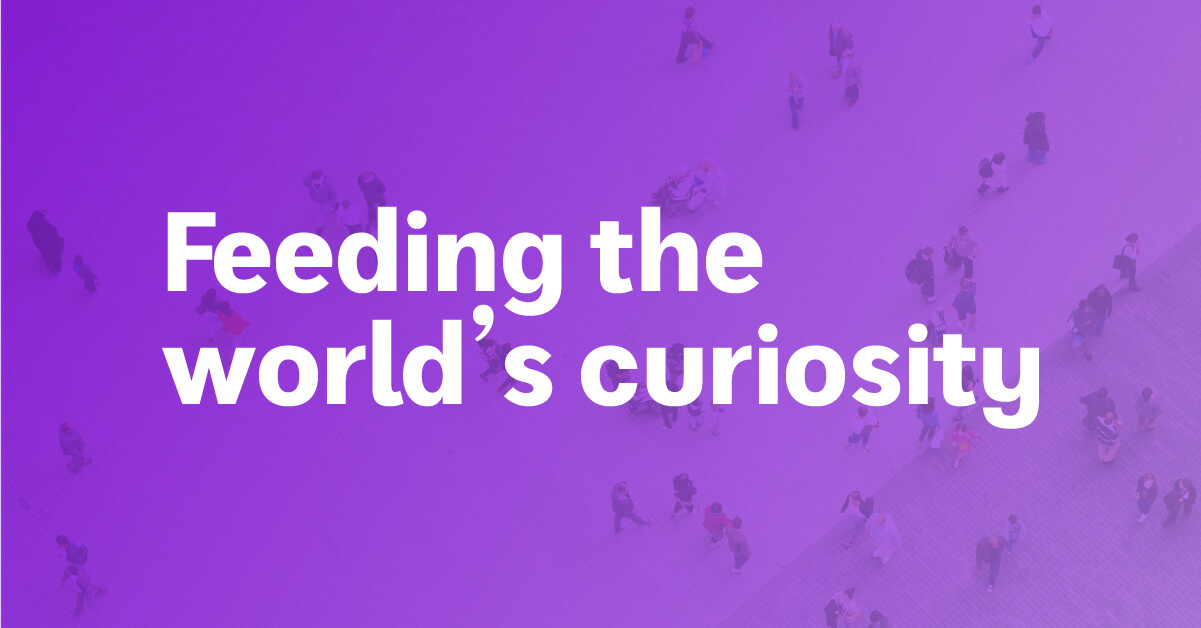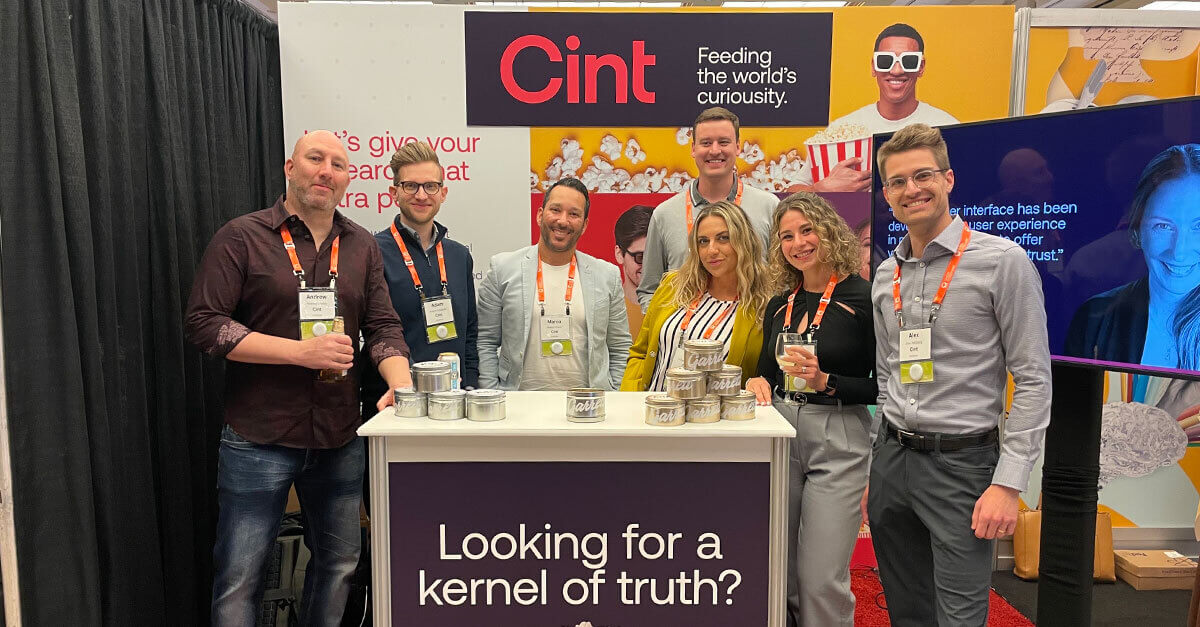Zdravím, ESOMAR!
For over half a century ESOMAR has been connecting people and organizations dedicated to advancing the fields of research, insights, and analytics.
ESOMAR’s annual Congress is one of the most anticipated events in the research calendar. Professionals from across the globe gather for a multi-day conference to discuss the latest trends, innovations, and challenges shaping the industry.
2025’s Congress took place in Prague, the Czech capital, and featured a veritable smorgasbord of presentations and panels featuring a slew of industry experts including Cint CEO Patrick Comer and Jimmy Snyder, our Vice President of Trust and Safety.
If you weren’t in attendance, fear not: we’re here to recap what both Comer and Snyder got up to at one of the industry’s great events, in one of Europe’s great cities.
Who cares about data quality?
Congress attendees on September 29 headed to the Remix stage to hear what James Lavell (Chief Commercial Officer of the Profiles Division at Kantar), Sarah Zurilla (Vice President of Client Services & Data Operations at Prodege), Stefan Boom (SVP Corporate Sales, EMEA at Dynata) and our very own Patrick Comer give their answers to a very big question: Do we actually care about data quality?
Comer described how data cleaning has been the norm in the industry for many years and that’s where a ton of value is created for market research companies.
“It’s about understanding if the behavior of a respondent entering our platform is going to be likely to lead to a rejected outcome, for whatever reason.”
Patrick Comer
CEO, Cint
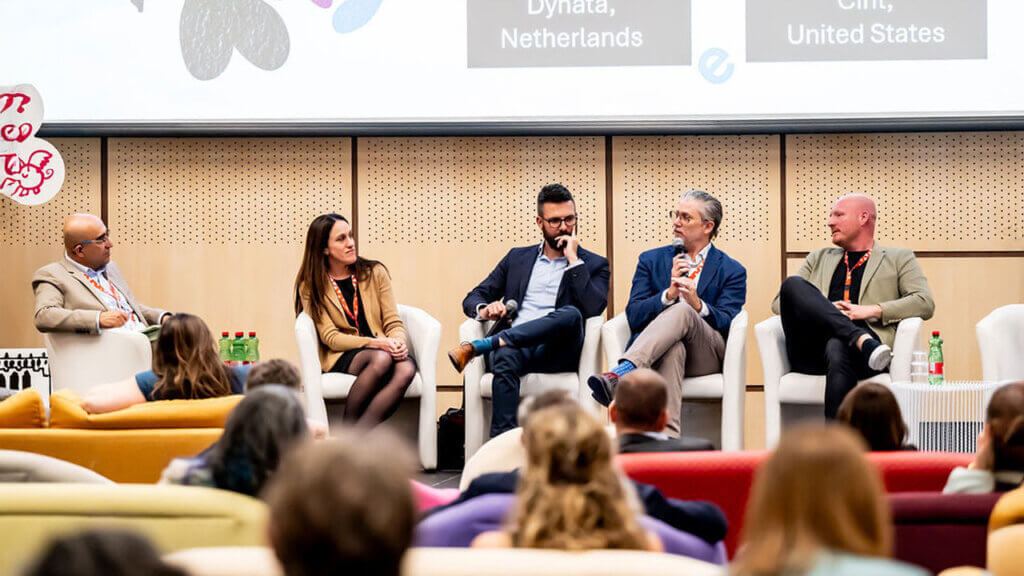
“The value exchange is not: is it good or bad quality? The value exchange is: do I know how to transform subpar quality into high quality for the customer? What’s changed over the past 10 years is that more end clients are now seeing the raw, actual inputs. The awareness of those numbers is the key difference.”
Comer stressed that, at Cint, the best quality signal we can get from any of our buyers occurs when a response has been rejected. “That reconciliation rate or that rejection rate is the number one way of understanding if it was good or bad.”
That, he said, is where most of Cint’s time from an AI perspective is spent: “It’s about understanding if the behavior of a respondent entering our platform is going to be likely to lead to a rejected outcome, for whatever reason.”
As data and survey fraud become increasingly sophisticated, how can companies like Cint counter the ongoing threat from malicious actors with access to AI tools?
“Encrypted links are critical,” Comer told the audience. He gave the example of Cint and Forsta integrating a server-to-server system last year, which makes it impossible to fraudulently manipulate redirect links.
“There’s not a single ad platform out there that’s not server-to-server. We as an industry have not done what other industries have done, which is make sure that all connection points are actually encrypted and server-to-server.”
Keep ‘em keen
The panel’s moderator Vinay Ahuja (a member of the ESOMAR Professional Standards Committee) raised the point that fraud isn’t the sole contributing factor behind poor data quality: getting participant experience right is just as important when it comes to solidifying your quality credentials.
The panel was largely in agreement that making surveys shorter was one way of doing those.
“The key thing we’ve started to do with our buy-side partners is to accept our demographic profiling as true. We’ve seen length of interviews decrease dramatically when the buyer says, ‘Actually, maybe Cint does know the age, gender, household income and zip code of the panelist. We don’t need to ask these questions again.”
This approach doesn’t just provide a better experience for the respondent. “The buyer has a better price point because their length of interview goes down. The question then is, what’s the value of re-asking known information?”
AI: a force for good?
On that same September day, Cint’s Jimmy Snyder was joined on stage by industry expert Oscar Carlsson to dive headfirst into a debate titled “Angel or Devil? AI’s role in survey quality.”
The pair, who, in Snyder’s words “bonded over the years over a lot of things, like fighting survey fraud, improving the respondent experience, and fermented Swedish herring,” discussed the transformative potential of AI, with a specific focus on the impact that increased automation is having on survey and data quality in the research and insights industry.
“One of my biggest fears with the rise in AI is not fraud,” said Snyder. “It’s not data quality becoming so bad that we lose trust in our industry. What I’m afraid of is that we, as human beings, incorporating AI in our everyday lives, are beginning to lose our authenticity.”
“One of my biggest fears with the rise in AI is not fraud. What I’m afraid of is that we, as human beings, incorporating AI in our everyday lives, are beginning to lose our authenticity.”

Jimmy Snyder
Vice President of Trust and Safety
That said, it wasn’t all doom and gloom on stage. Both Snyder and Carlsson recognized that AI has the capacity to be a transformative tool.
“This is creating things like synthetic AI aliases,” Snyder noted. “It allows us to analyze massive amounts of data that would once take weeks to conduct. It’s also helping us combat fraud at scale, which is something that we do at Cint with Trust Score. AI has personally changed my day-to-day for good.”
Carlsson was keen to widen the scope a little. Describing AI as “a huge opportunity for us,” he discussed how the technology may play a role in advancing medical diagnostics and the attendant cure for diseases and ailments, before zooming back in on the role it is playing in our industry today, and tomorrow.
“You’re using AI for good to catch fraud. But there are other things coming in as well, where it’s going to be really helpful for us. But I think the important thing is to embrace it, use it, and really try it out. Understand the pitfalls, but try to use it in the best way possible.”
One battle after another
Snyder stated that, for all the potential good of AI, it has changed the landscape of survey fraud — and not necessarily for the better.
“There are now people who are selling ‘fraud as a service.” You can pay to join Telegram groups that are sharing vulnerabilities: buyers that haven’t used secure redirects or zero red herrings or zero termination redirects in their surveys,” he said. “Those are extremely attractive to fraudsters. As soon as they find them, they’ll be sharing them on the Telegram group to go attacking in mass. So, you have to make sure that you are playing your part to protect yourself.”
And that means not immediately pairing the realities of bad data quality with the idea of bots being behind it all.
As Patrick Comer and the panel also discussed at ESOMAR Congress 2025, respondent experience should always be top of mind.
“We’re being extremely alarmist right now with some of the AI fraud that is taking place, just like we were extremely alarmist five to eight years ago about ghost completes,” Snyder said. “We need to understand that fraud continues to evolve and to change. It’s a never-ending deal. So, solve the next problem; another one will arise. We just need to stay in it and continue to leverage AI tools for good.”
Learn more about Cint’s approach to quality
Keen to discover more about how Cint is always looking to innovate when it comes to maintaining an innovative approach to data quality?
Make your way to our quality hub now.
